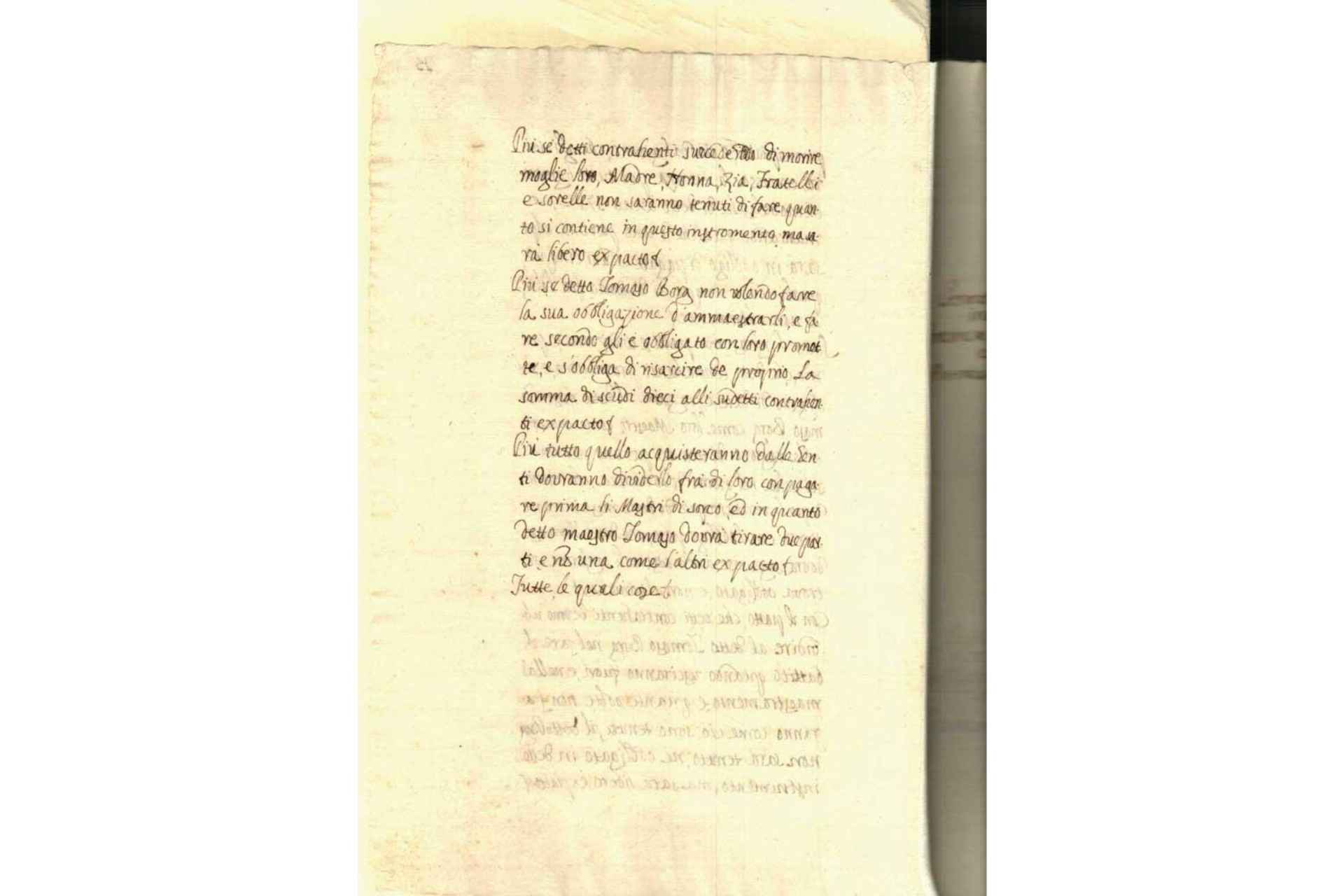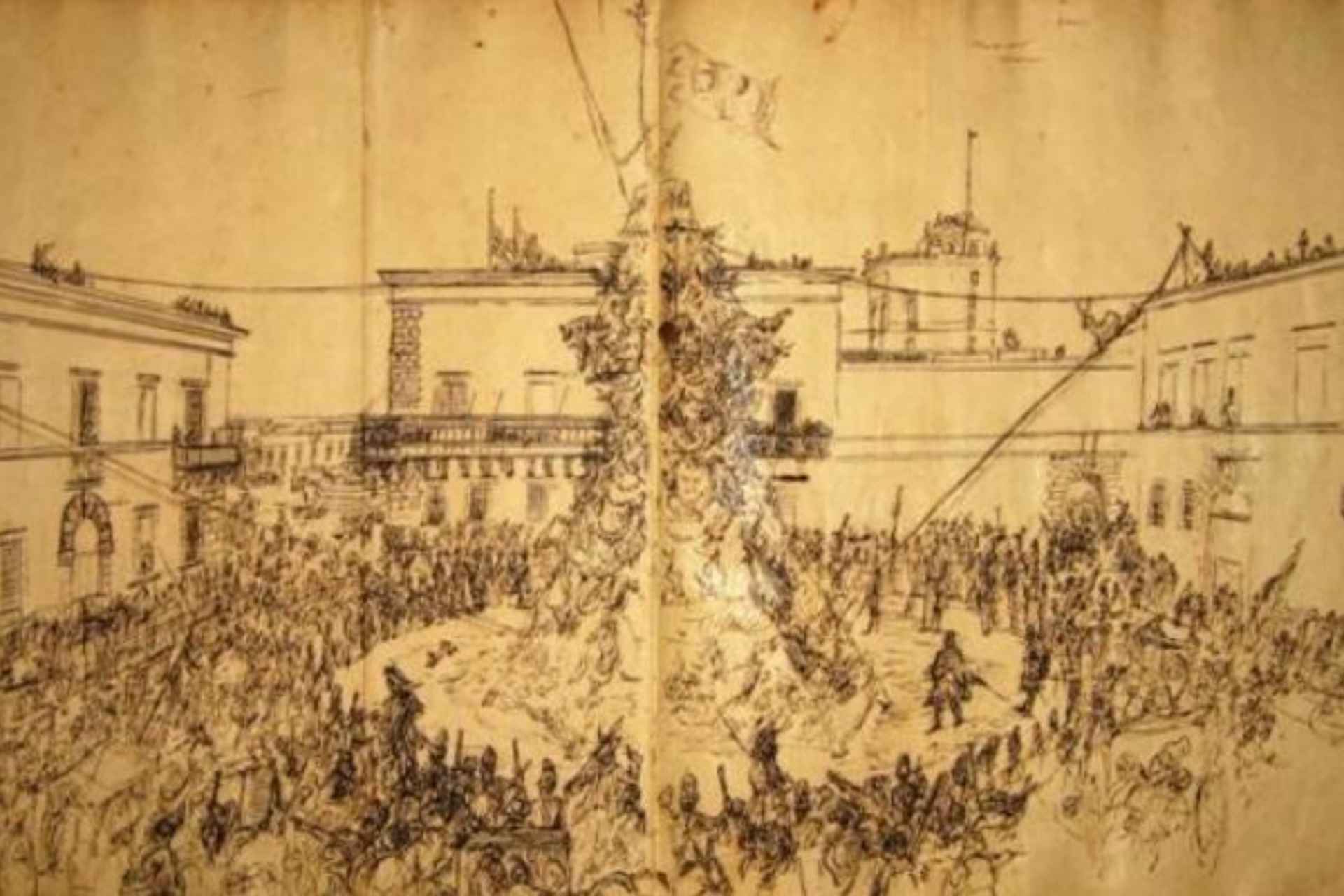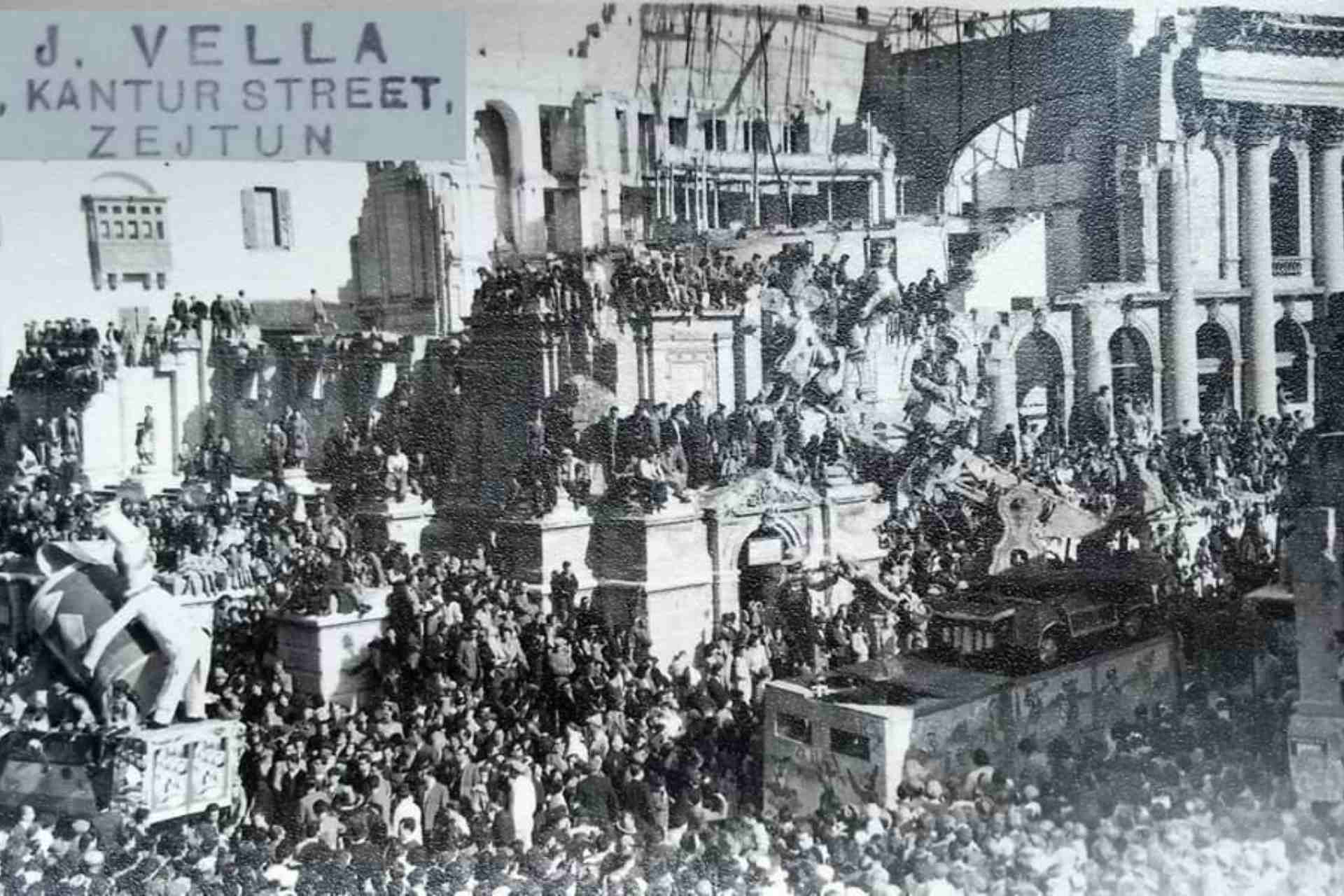A Glimpse Into The Wild History Of Carnival In Malta
by Karl Azzopardi

It's safe to say that Carnival in Malta is one of the most sought-after events with thousands of people flocking all over the Maltese Islands dressed in their most ridiculous and eccentric costumes for a week of pure tomfoolery. From the moment one Carnival season finishes, float makers, carnival dancers, costume makers and volunteers start preparing incredible floats and dance numbers to participate in Carnival parades and competitions for the next season.
But Carnival in Malta wasn't always like the one we know and love today. Its origins are thought to be rooted in the 16th century when the Knights of St John came to Malta though some also speculate that Carnival in Malta dates back centuries before that. Thankfully, many researchers have delved into the history of this beloved tradition and while it is impossible to gather all the information in one article, this article gives a glimpse into some major events that caught our attention.
From Indulgence to Tournaments to Parades
To understand the origins of Carnival in Malta we must first look into the name itself - Carnival, coming from the Latin phrase 'carne levare' meaning 'remove meat'. This makes sense within Roman Catholic cultures where Carnival marks the days leading up to the 40 days of Lent where Roman Catholics are expected to lay off meat and other indulgences.
Seeing that Christianity was introduced way before the arrival of the Knights of St John in the 16th century, it's understandable that some researchers speculate Carnival in Malta was celebrated before their time. However, there are very few records of Carnival celebrations before the Knights. It was their arrival that embedded Carnival as part of our culture since it became more elaborate and grand thanks to their abundant finances.
The birth of the Carnival in Malta we know today is attributed to Grand Master Piero de Ponte. It all started with jousting tournaments that the Knights hosted in Birgu in the 1530s. Mock battles were one of the many traditions of Carnival across Roman Catholic cultures, so it would be safe to assume that the Knights brought these influences to Malta which bewildered locals at first. However, these simple tournaments sparked a sense of joy and mischief within the local community, leading to more grandiose Carnival feasts and parades.
Il-Parata tal-Karnival
The Maltese word for parade - 'parata' - is the same as its Italian equivalent which, in turn, comes from the Italian word 'parare' meaning 'parry'. Interestingly enough, 'parata' was the name given to the sword dance that the Knights used to open the Carnival parade after the Great Siege of 1565.
Before the siege took place, the mock tournaments had started to escalate and resulted in all-out brawls which caused Piero de Ponte to ban them so that the Knights could focus their energy on training for the fight against the Turks during the Great Siege. However, their consequent victory in 1565 led to the introduction of a light-hearted sword dance which mimicked a fight among ten dancers using wooden swords. Despite it being a mock battle it was still taken quite seriously, so much so that notary deeds have been discovered showing performers had to get a licence to participate in it and were paid generously for it too!

The Carnivals after the siege are known as the Carnival Mad Days as they marked the peak of the most indulgent and over-the-top celebrations of Carnival in Malta. For three straight days starting on the Sunday before Ash Wednesday, Birgu would be packed with nobles and peasants alike dressed in their finest costumes or rags, probably masked and highly intoxicated. This madness went on until 1560 when once again the Grand Master, this time Jean Parisot de La Vallette, reprimanded the Knights for their excessive celebrations and reinforced strict regulations.
Il-Bandu Tal-Karnival
These rules formed part of the 'bandu' which followed the 'parata'. The 'bandu' marked the opening of the festivities, providing an outline of the structure of the coming days as well as ground rules. These varied from year to year but generally included restrictions on what one could wear and what props they could carry. For example, clubs and other weapons were not allowed, masks could not be worn after dark and women were prohibited from wearing skirts above the ankle. Extreme fines and punishments would be placed under each rule to discourage any Carnival-goers from breaking them.
The Grand Master who is known for issuing the strictest 'bandu' was Giovanni Paolo Lascaris in 1639 who was despised by Knights and common people alike for his conservatism. This is where the famous Maltese expression 'qisek wicc Laskri' (you are like Lascari's face) comes from, which is typically used to refer to a buzz-kill! Thankfully this all changed with the subsequent Grand Masters.
Il-Kukkanja
The 18th century was good for Carnival celebrations in Malta under the rule of Grand Master Marc'Antonio Zondadari who initiated the tradition of the kukkanja where Carnival-goers would try to climb a greasy pole with pieces of meat and livestock at the top as the prize. By now Carnival celebrations were becoming centred in Valletta. In fact, one can still find the hole in which the kukkanja pole used to be inserted in front of the Grand Master's Palace at St George's Square. It was also Zandadari who started the Carnival Parade in Valletta that still takes place to this day; though the floats were much smaller than nowadays considering that they used donkeys to pull them back then.

While this looks like all fun and games on the surface, there were unfortunately egotistical reasons behind these events as they were more of a show of class superiority. In his parades, Zondadari used to have a float full of decadent food which he then gave away to common bystanders. This seems generous on the surface but some have speculated that he may have had ulterior patronising motives, especially considering the attitude of his successor Grand Master Pinto.
Pinto carried on the tradition of the kukkanja, gathering members of the high class on the Grand Master Palace's balcony to watch thousands of commoners fight over who gets to the prize at the top of the pole first. His arrogance is highlighted in a horrific event that took place in 1763 where commoners started the kukkanja without his go-ahead because he was late and Pinto had soldiers open fire at the raging crowd to stop them; killing about 60 people in the process. This marked the end of the kukkanja until years later.
Carnival In Malta Under British Rule
The following century saw Malta fall under British rule and while Carnival celebrations were not quite suited to their palette, Carnival celebrations were still in full swing — despite the setbacks they faced due to the plague in 1814 and the cholera outbreak in 1837.
One major event that shed light on how strong of a tradition Carnival in Malta was to the Maltese took place in 1848. Patrick Straut, the British Governor of Malta at the time, cancelled all carnival events on Sunday under the premise that carnivalesque behaviour should not be allowed on the day of the Lord. Enraged, the Maltese disregarded his ban and stormed Saint George's Square with even more vigour, taking their cattle and livestock dressed in costume with them to add further ridicule!

As the 20th century rolled in and Malta had its first autonomous government, a committee was formed to conduct Carnival celebrations. This is when political satire started to peak as opposing parties created floats ridiculing political figures which, of course, didn't go down well with those in power. This resulted in strict laws against political satire in 1936. The topic of political satire is still a hot topic to this day especially when it comes to Carnival celebrations.
Nonetheless, Carnival in Malta remains one of the most anticipated celebrations of the year where locals feel free to express themselves fully without inhibitions and indulge in ridicule and tomfoolery like it's 1530!



